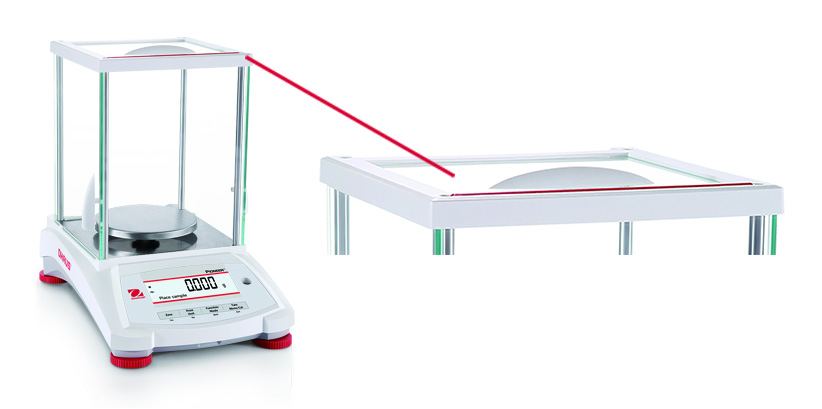Secrets to Successful Betting You Need to Know #3
Secrets to Successful Betting You Need to Know #3 Κατανόηση των Βασικών Πριν από την Αρχή Αφού αποφασίσετε να ασχοληθείτε με το betting, είναι κρίσιμο να κατανοήσετε τις βασικές αρχές των στοιχημάτων. Αυτό περιλαμβάνει τον τρόπο που λειτουργούν οι αποδόσεις, οι διάφοροι τύποι στοιχημάτων και οι στρατηγικές που μπορείτε να ακολουθήσετε. Η γνώση αυτών των

